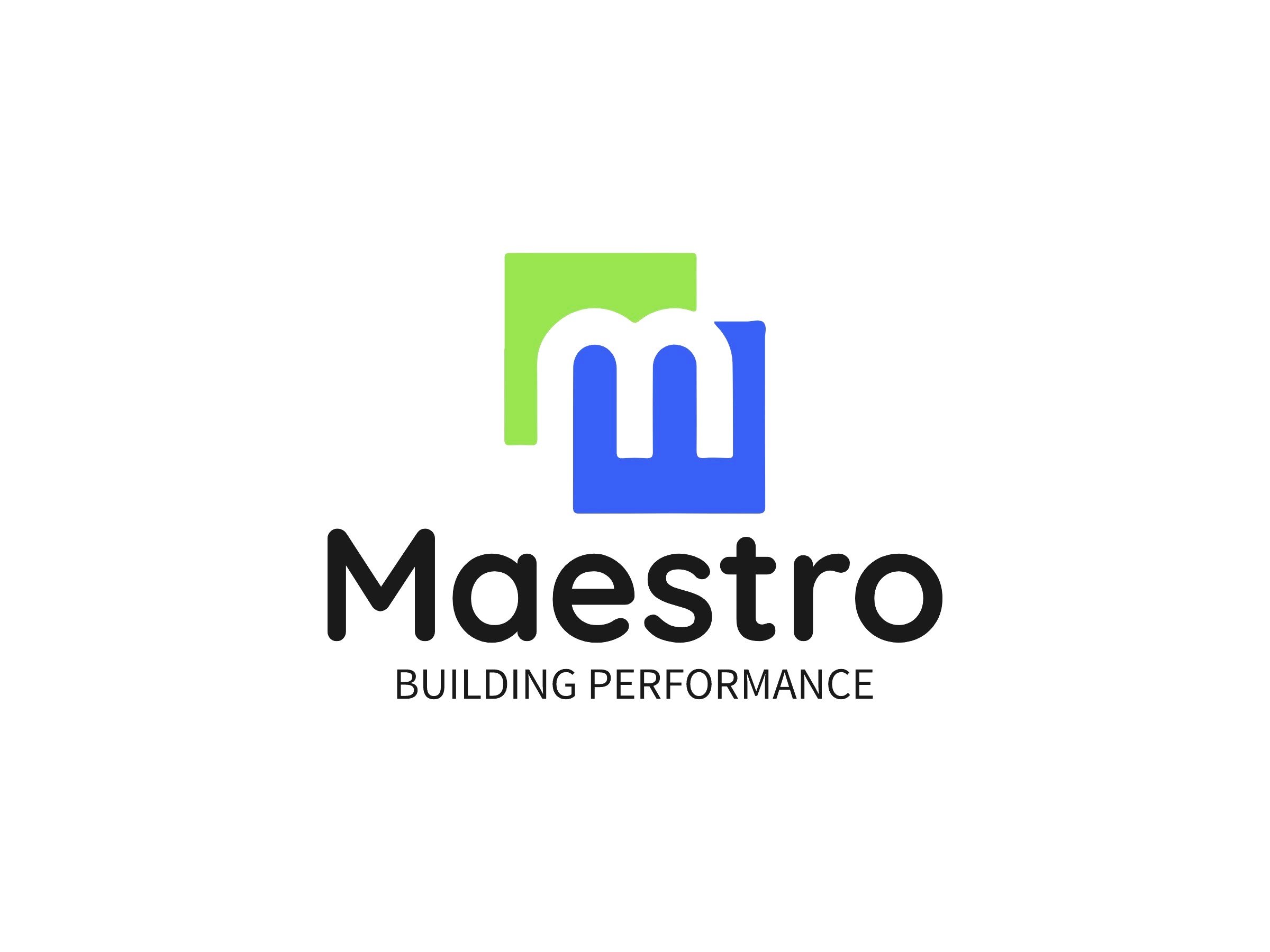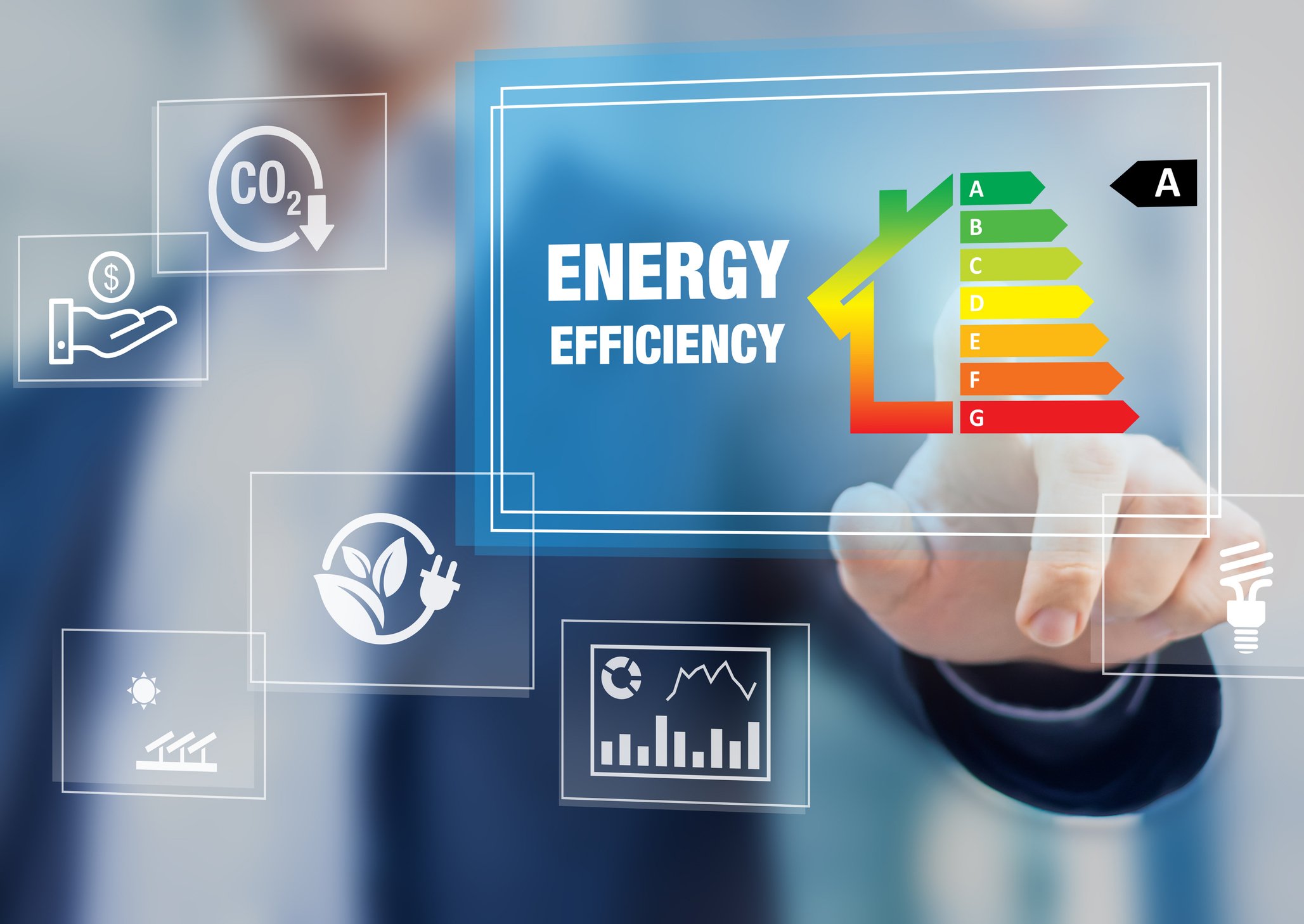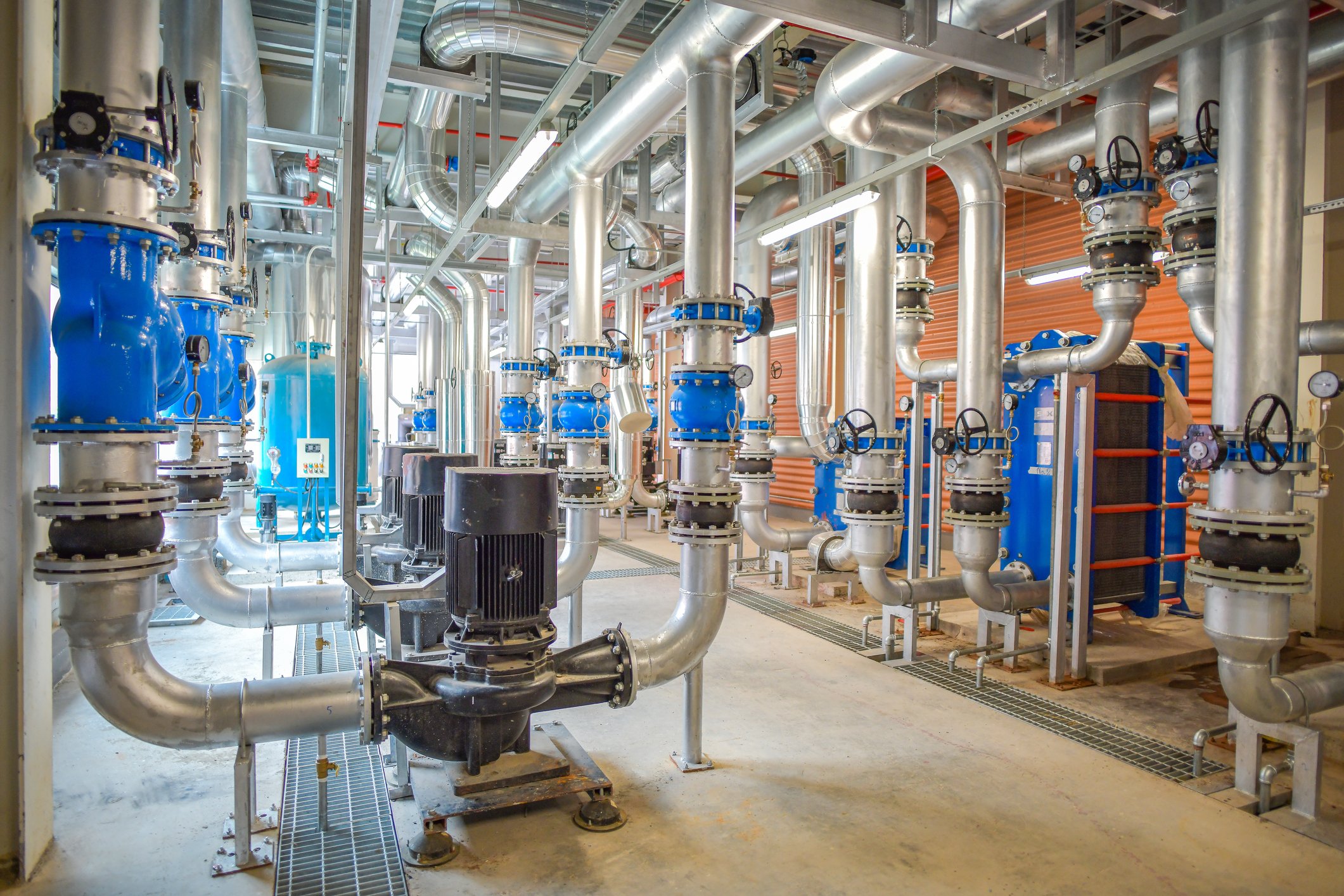



Sectors we serve
-
Energy efficiency and commissioning are critical components of commercial construction projects, ensuring that buildings operate at peak performance while minimizing energy consumption and operating costs.
Energy-efficient design, which incorporates strategies like advanced insulation, energy-efficient HVAC systems, and LED lighting, helps reduce a building's overall energy demand, lower utility bills, and decrease its carbon footprint.
Commissioning ensures that these energy-efficient systems are properly integrated and optimized from the start.
By commissioning a building, contractors can identify potential issues early, improve system reliability, and ensure that energy-saving technologies perform at their highest efficiency.
Together, energy efficiency and commissioning not only contribute to long-term cost savings and environmental benefits but also help buildings meet regulatory standards and provide a comfortable, healthy environment for occupants.
-
Municipal buildings, including city halls, public libraries, police stations, and community centers, often consume significant amounts of energy for heating, cooling, lighting, and running various equipment.
By improving energy efficiency through upgrades like better insulation, energy-efficient lighting, and smart energy management systems, municipalities can lower energy consumption, reduce greenhouse gas emissions, and decrease utility bills.
These savings can be reinvested into community services, enhancing public safety, infrastructure, and quality of life. Moreover, energy-efficient municipal operations set a positive example for the community, demonstrating leadership in sustainability while supporting broader goals of climate resilience and environmental responsibility.
-
Hospitals are energy-intensive environments, with critical systems such as HVAC, lighting, and medical equipment running 24/7. By optimizing energy use, hospitals can lower utility expenses, reduce their carbon footprint, and free up resources that can be redirected toward patient care.
Moreover, energy-efficient practices enhance the reliability and resilience of the facility, as they reduce the strain on energy systems and help prevent service disruptions.
Implementing energy-saving technologies, such as LED lighting, high-efficiency HVAC systems, and energy management systems, not only contributes to cost savings but also aligns with broader environmental and public health goals, ultimately benefiting both the hospital and the community it serves.
-
By integrating energy-efficient design elements such as high-quality insulation, energy-efficient windows, smart thermostats, and high-performance appliances, homes can significantly reduce energy consumption while maintaining a comfortable living environment. This not only leads to lower monthly energy bills for homeowners but also reduces the overall carbon footprint of the property, contributing to broader efforts to combat climate change.
Additionally, energy-efficient homes tend to have higher resale values and greater appeal in the marketplace, as modern homebuyers are increasingly prioritizing sustainability and long-term savings. In the long run, energy-efficient residential construction benefits both individuals and communities by conserving resources, reducing demand on the power grid, and promoting a healthier, more sustainable living environment.
Let’s Work Together
We’d love to hear about your project.